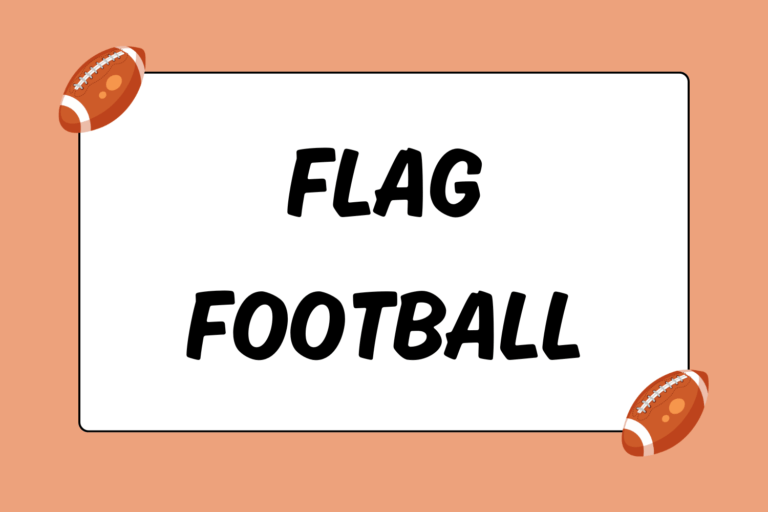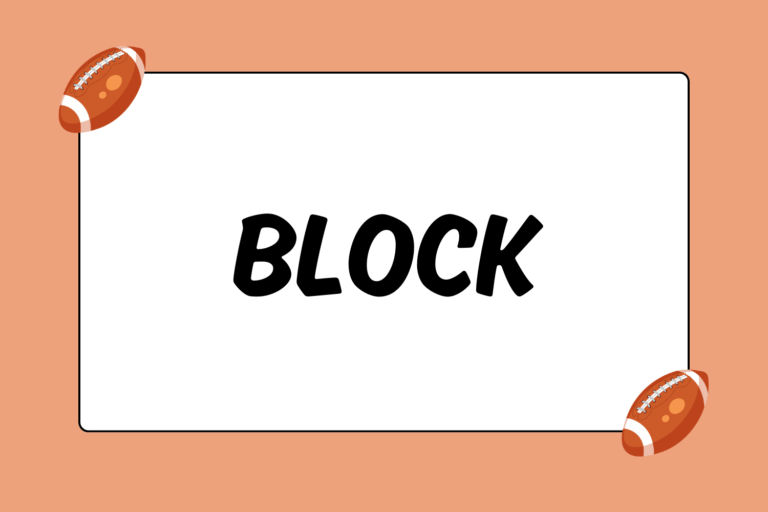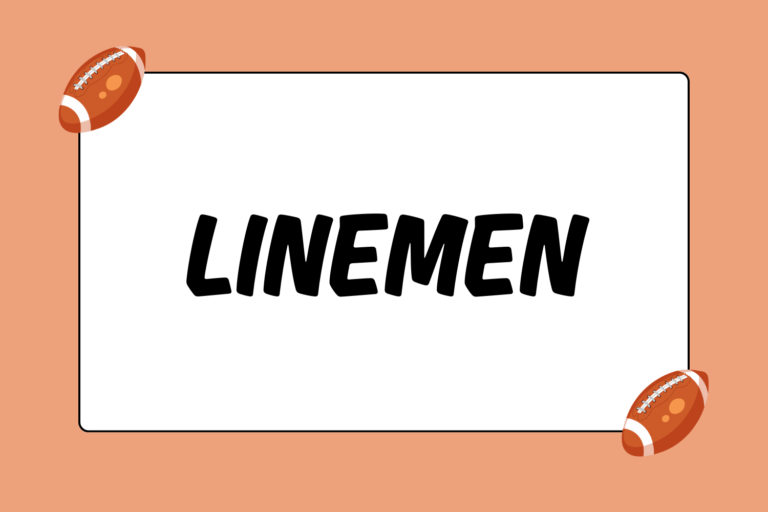Though the success of an offense depends on its ability to run the ball, a solid passing game both provides another way to advance the ball and helps the run game be more successful. And much like the different types of run plays provide several rushing options, the variety of Pass Routes available allows an offense to pass across the field. Those routes are designed and chosen with several factors in mind:
- Field position
- Personnel
- Formation/strategy used by the defense
- The score
- The amount of time left in the game
Regardless of how a route is chosen, the biggest distinguishing factor is the distance from the Line of Scrimmage (LOS) the receiver travels. Pass routes can have receivers run anywhere from the offensive backfield to the entire length of the field, and everywhere in between. The idea behind this variety is that varied routes have receivers travel to different spots on the field, giving the quarterback several choices as to where the ball can be thrown.
Hot Tip: Receiver Technique
There are a couple of things every receiver should do on every play:
- Run the route: No receiver catches the ball on every pass play, but that doesn’t mean it’s acceptable to jog through the route. By running the route hard every time, you will (at the very least) occupy the defender covering you. Plus, the one time that defender decides not to cover you, it’ll be much easier to beat him if you’re still going full steam.
- Lock in your stance: Sometimes receivers will line up differently, depending on if they’re running a short route or a long one. This is something a smart defender will pick up and try to exploit. Try to make sure you line up the exact same way on every play, so you don’t give anything away to the defense.
The following is a list of the more common pass routes used in the game today, broken down by their normal distance from the LOS (short, mid, deep). Technically, almost every route here can be run at any distance from the LOS, so a typically ‘short’ route isn’t necessarily always run close to the LOS. Also, don’t be alarmed if you know one of the routes listed below by a different name, as most have more than one.
Short Routes
Usually delevoping within five yards of the LOS, short routes are routes that develop very quickly, and provide the quarterback with a quick passing option. Here is a list of the more common short routes in the game today:
- Short Drag: The receiver runs upfield between one and five yards, then quickly turns 90 degrees toward the middle of the field and continues running.
- Short Out: The receiver runs upfield between one and five yards, then quickly turns 90 degrees toward the closest sideline and continues running.
- Short Dig: The receiver runs upfield between one and five yards, then abruptly stops and turns toward the quarterback. A variation of this is the ‘Curl,’ which has the receiver turn around in a soft curve rather than an abrupt stop.
- Slant: The receiver runs between three and five yards, then turns 45 degrees toward the middle of the field and continues running on a ‘slant’ away from the LOS.
- Wheel: Almost exclusively run by a running back from the backfield; the receiver will run in the backfield parallel to the LOS, and then make a soft (non-abrupt) turn up field.
- Screen: There are several different screen routes, which have players arrange themselves at different spots immediately next to the LOS. A screen route is one in which the receiver has a group of several offensive players to run behind, which act as a ‘screen’ to keep defenders from getting to the ball carrier.
Depending on the defensive formation, it’s usually harder for defenders to interrupt short routes, as they take less time to develop. However, a short route also doesn’t yield as many yards per catch as deeper routes do.
Mid Routes
Just beyond the realm of the short routes are mid (or mid-range) routes. Designed to extend between 5-15 yards beyond the LOS, mid routes take a bit more time to develop than short routes, but are useful for gaining more than a few yards. Most mid routes are simply short routes that get extended:
- Drag: Same as a short drag, but deeper. The receiver runs up field between 5 and 15 yards, then quickly turns 90 degrees toward the middle of the field and continues running.
- Out: Same as a short out, but deeper. The receiver runs up field between 5 and 15 yards, then quickly turns 90 degrees toward the closest sideline and continues running.
- Dig: Same as a short dig, but deeper. The receiver runs up field between 5 and 15 yards, then abruptly stops and turns toward the quarterback. A variation of this is the ‘Curl,’ which sees the receiver turn around in a soft curve rather than an abrupt stop.
Again, mid routes don’t develop as quickly as short routes do, but if successful result in more yards gained.
Mental Edge
Occasionally, a receiver will have the option to run more than one route during a single play, depending on how the defense reacts after the play begins. The decision as to which route should be run depends on the defensive coverage and personnel for that particular play.
Deep Routes
Taking receivers the furthest away from the LOS, deep routes require several seconds elapse give receivers a chance to get down the field. This requires the linemen to block longer, and gives defensive players more time to disrupt the play. Here are some of the more common deep routes in use:
- Post: The post route is basically just a deep slant. The receiver runs upfield 10 to 20 yards, then cuts in on an angle pointed toward the goal post.
- Corner: The corner route has the receiver running upfield 10 to 20 yards, then cutting out on an angle that has him running towards the outside corner of the end zone. The ‘outside corner’ that’s picked is whichever corner is closer.
- Streak: Common with the ‘Hail Mary’ play, the streak route has the receiver running straight upfield as fast as possible.
- Stop-and-Go: This route is purposefully designed to throw defenders off with misdirection. The receiver runs upfield 10 to 15 yards, stops and turns around like he is going to catch a pass, hesitates for a moment or two, then quickly starts running upfield again. This is done in hopes that the defender will bite on the ‘stop,’ making it easier for the receiver to get open when he resumes running.
- Flag: Much like the ‘stop-and-go,’ the flag route is designed around a bit of misdirection. The receiver runs upfield 10 to 15 yards, cuts in as though he is running a post route, then, after 3 to 5 steps, cuts back outside and runs a corner route.
To be successful, deep routes require a difficult combination consisting of a well-timed and accurate throw, and a receiver with good hands who’s capable of catching a high, hard pass. These are the big-ticket passes; not as efficient as often as short or mid routes, but hugely beneficial when they are completed.
Matching Receivers & Routes
Though there’s no rule about it, different players usually run different types of routes. Tight ends commonly run short-to-mid routes; running backs commonly run wheels and screens; wide receivers commonly run the deep routes. However, variety in terms of personnel and route selection is very useful, in that it keeps the defense from being able to accurately predict what routes will be run.





